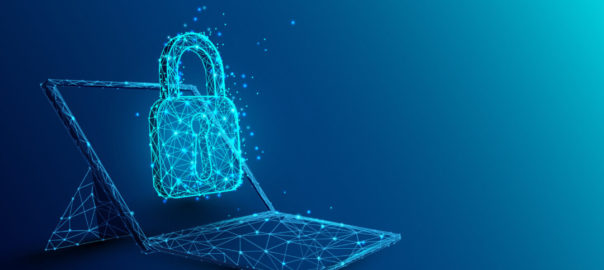Data security has become one of the guarantors of successful business in business today. When you don’t have to worry about someone stealing your company’s important files, you can grow steadily.
Where you store your company information while you work is of the utmost importance. Many people prefer to use cloud storage for this. And unfortunately, many businesses still make the most stupid choice – they choose ordinary clouds like Dropbox or Google Drive for this. But this cannot be done.
Why are ordinary clouds unsuitable for storing and transferring important data?
Do you have a small business and think no one needs you? You are deeply mistaken; even your data may be of interest to one or another hacker: customer bases, customer interests, or any other information about them.
It is not worth storing such valuable information in regular cloud storage. Analysts say that hackers can easily access all user files in Dropbox, Google Drive, Microsoft OneDrive, and Box cloud storage if they can get into a computer with clients for these services. At the same time, they do not need to know logins and passwords for accounts.
What are the alternatives?
If ordinary clouds are so bad for companies, even on a small scale, where to store your files in this case and how to work with documentation then? Fortunately, a solution has been around for a long time – data room solutions, or VDR for short.
In their meaning, VDRs resemble ordinary cloud services. You enter your room through the website, in the same way, log in and see the files that belong to the company. VDR servers are located in different parts of the world. But why are they so remarkable?
Virtual data rooms are much more secure than cloud storage services like Dropbox or Google Drive.
- Data encryption. When designed virtual data rooms are designed to provide the same level of data encryption as in Swiss banks. Therefore, all data on the servers is not stored in the form of files but the form of sets of numbers.
- Authentication and complex password settings. Often, data gets into the wrong hands because one of the employees turned off double authentication on their device or came up with a password that was too simple. This is not possible in VDR.
- Flexible access settings. The virtual data room administrator can decide which employees can view, download, print, or edit files. All documents are watermarked and cannot be photographed.
In addition to the advantages listed above, VDRs have many functions. It has everything you need to conduct transactions, maintain documentation, hold meetings between company employees, work within the system, and so on.

